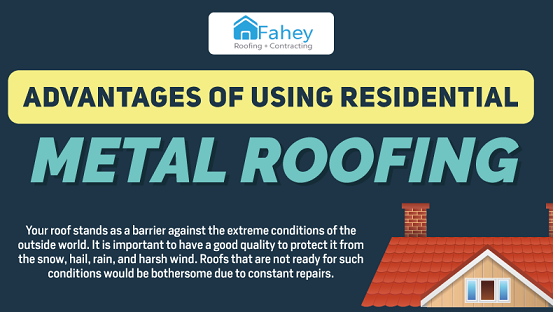Assess The Monetary Effects And Advantages Of Solar Installment To Identify The Prospective Financial Benefits For Those Thinking About This Renewable Resource Venture
Assess The Monetary Effects And Advantages Of Solar Installment To Identify The Prospective Financial Benefits For Those Thinking About This Renewable Resource Venture
Blog Article
Post Written By-Oliver Dunlap
When considering the prices of solar setup, you may wonder about the in advance investment needed and whether it straightens with the potential long-term benefits. Comprehending the details of these expenses and the different factors influencing the overall return can shed light on the value recommendation of transitioning to solar power. By evaluating both the first setup prices and the projected financial savings with time, you can get understanding into whether the financial investment in solar installation holds pledge for your economic future.
Preliminary Setup Expenditures
When taking into consideration the expenses of solar installation, the initial configuration costs play a crucial function in your decision-making process. These upfront costs consist of the price of solar panels, inverters, installing tools, and installment labor.
The rate of solar panels can differ relying on the brand, efficiency, and size you choose. Inverters are necessary for converting the sunlight's power into functional electricity and be available in different types such as string inverters, microinverters, and power optimizers, each with its own price implications.
Installing equipment, such as racks and rails, is needed to safely set up solar panels on your roof or building.
The installation labor cost covers the expert installment of the planetary system, making sure that whatever is established properly and effectively. Bear in mind that while these preliminary arrangement expenditures may seem high, there are typically rebates, tax incentives, and financing choices offered to aid offset the expenses and make solar installment extra cost effective in the future.
Long-Term Cost Savings Analysis
To recognize the monetary benefits of solar setup with time, it's vital to perform a comprehensive long-term financial savings evaluation. While the initial arrangement expenses of photovoltaic panels might seem complicated, the long-term cost savings can outweigh these expenses dramatically. By taking Related Web Page of the power of the sunlight to create electrical energy for your home, you can potentially save hundreds of bucks on your utility costs over the lifespan of your solar system.
Among the vital aspects to take into consideration in a long-term cost savings analysis is the reduction in your electricity expenses. With photovoltaic panels, you can create your electricity, reducing or perhaps removing your dependence on the grid. This can bring about considerable cost savings, particularly as energy prices remain to increase.
In top 10 energy companies , many governments use rewards such as tax credit histories and rebates for setting up solar panels, better enhancing your long-lasting savings. By benefiting from these incentives and optimizing your solar energy manufacturing, you can delight in substantial financial advantages for several years to come.
Return on Investment Estimation
Considering the economic benefits of solar installment, it's time to examine the Return on Investment (ROI) computation. Determining the ROI entails comparing the overall expenses of mounting a planetary system with the economic benefits it produces over its life-span.
To compute ROI, divide the net benefit from the system by the complete financial investment cost and multiply by 100 to get a portion. The ROI formula is: (Web Earnings/ Overall Investment Price) x 100.
For example, if the total cost of installing a solar system is $20,000, and over its lifespan, it produces financial savings and revenues completing $30,000, the net revenue would certainly be $10,000. Dividing this by the complete financial investment cost of $20,000 gives a ratio of 0.5. Increasing this by 100 supplies an ROI of 50%.
Typically, a greater ROI suggests a more economically rewarding financial investment. Aspects like government rewards, maintenance costs, and power price fluctuations can affect the ROI of solar installations. Comprehending the ROI helps in evaluating whether buying solar energy is worth it over time.
cost for solar panels and installation
To conclude, comprehending the prices of solar installation is critical for identifying if it is worth the investment. By thinking about initial setup expenses, performing a long-lasting savings analysis, and calculating the roi, you can make a notified decision about the economic worth of solar energy. With the potential for decreased energy bills and enhanced power self-reliance, investing in solar setup can be a clever selection for both your pocketbook and the setting.
